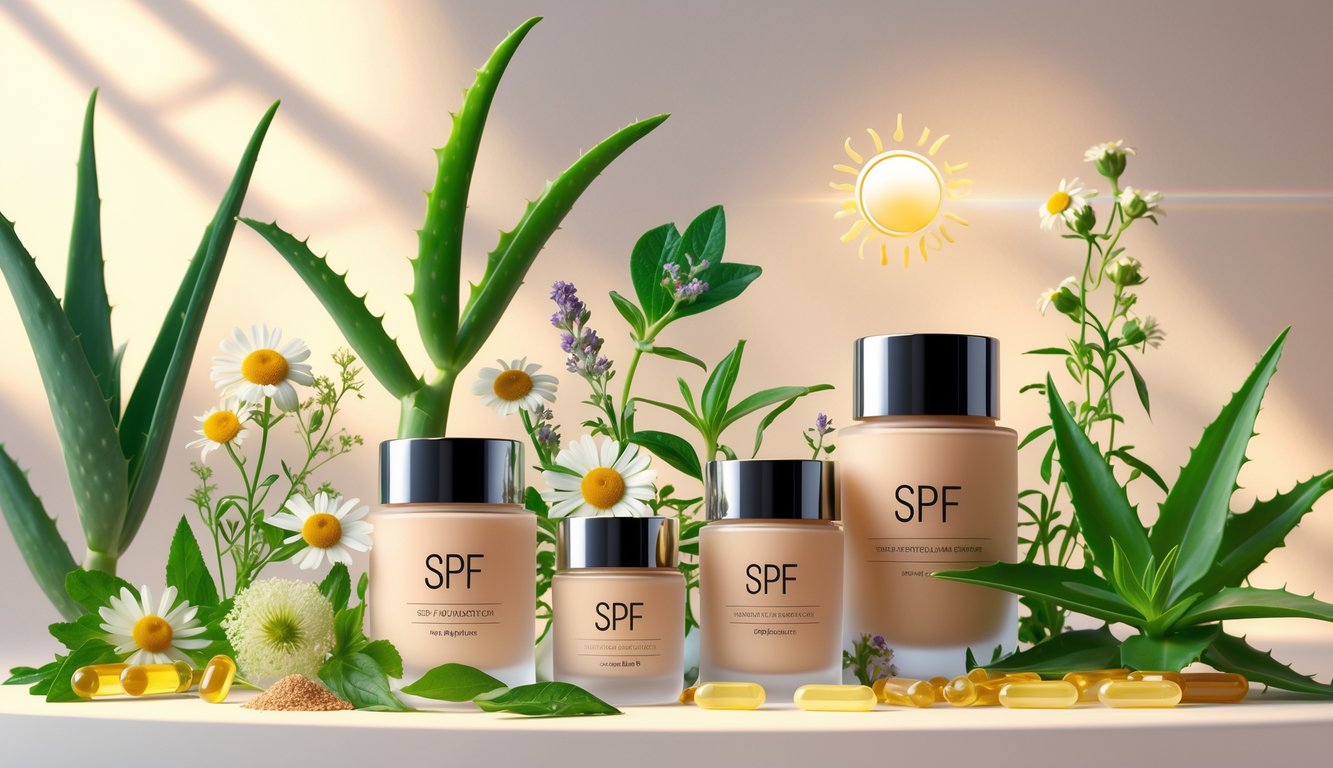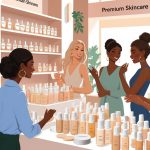Best Place to Buy SPF Foundations Just Revealed by Beauty Insiders
Top Beauty Insider-Recommended SPF Foundations Revealed
I honestly never thought I’d be the person standing in a Sephora for forty-five minutes, swatching foundation on the back of my hand under terrible fluorescent lights, silently panicking about whether Shiseido Synchro Skin will last through my afternoon coffee or if I should’ve grabbed the Ilia Super Serum Skin Tint instead.
After years of falling for the wrong formulas and ending up with patchy, cakey midday regret, I’ve started to pay attention to what beauty insiders actually use for dependable SPF plus real coverage.
A few names kept coming up—for good reason. Some do double duty as hydrating shields for dry skin; others nail the weightless finish and sweat-proof wear you want on humid days.
High-End Favorites
I’m a total sucker for sleek glass bottles—blame it on years of magazines convincing me luxury packaging equals results. Sometimes it actually does, though.
Estée Lauder Futurist Hydra Rescue is one that gets passed around backstage at fashion weeks for a reason: broad-spectrum SPF 45 and a hydrated, cushiony finish that doesn’t turn greasy by noon.
Shiseido Synchro Skin is my “I mean business” foundation—like, wedding guest, important job interview, or the infamous ex-sighting kind of event. Its built-in SPF protects on commutes, and it just doesn’t budge, even if you have oily zones.
For serious evenings out, the Yves Saint Laurent All Hours Foundation offers long-lasting coverage and a soft-matte finish that looks remarkably skin-like, never masky. While these aren’t the cheapest, you’ll notice most makeup artists have at least one of these in their kits for a reason.
Worth mentioning: when I finally caved and bought the Ilia Super Serum Skin Tint, my dry patches basically vanished by lunchtime, and my skin didn’t react—rare for anything with SPF.
Drugstore Gems
Sometimes, handing over half my paycheck for foundation just feels absurd. Drugstore aisles? They’ve gotten so much better, especially these days.
L’Oréal Paris Infallible 24 Hour Fresh Wear Foundation is, honestly, the definition of longevity for under $20. If you hate transferring makeup onto your phone (or mask, or turtleneck collar), this one dries down fast but stays comfortable—not weird or tight—and you actually get SPF coverage.
A lot of my friends quietly swear by IT Cosmetics CC+ Cream. Yeah, it’s technically mid-priced, but there are always travel sizes or some random sale. It’s marketed as a full-coverage foundation with SPF, and honestly, it holds up—especially for redness or uneven spots.
The coverage feels flexible, not like one thick stripe, and it’s surprisingly moisturizing. I need that, especially with my skin turning Sahara-level dry in winter.
If you specifically want a tinted sunscreen foundation that doesn’t break the bank, some editors have pointed to products ranked in the best foundations with SPF lists. Worth a look if you’re in the market.
Clean and Mineral Formulas
Anyone who’s dropped a fortune on exfoliating serums only to break out from a heavy moisturizer knows that panic of trying a new foundation. Clean formulas are a non-negotiable for a lot of people I know, and honestly, my own skin prefers them after too many breakouts.
Tower 28 Beauty’s SunnyDays SPF 30 Tinted Sunscreen Foundation is one of those quiet cult favorites beauty editors love. It’s fragrance-free, super sheer, and doesn’t clog pores—even if you’re sensitive or acne-prone.
Kosas Revealer Skin-Improving Foundation has a forgiving texture—never highlights flaky skin—and it’s packed with active skincare ingredients like niacinamide. You’ll see it popping up on most “clean foundation” roundups.
The Ilia Super Serum Skin Tint stands out as a clean option with mineral SPF that applies fast and actually looks better after an hour. If you usually run from sunscreens because of white cast or breakouts, these options just work—even on the most painfully sensitive days.
Essential Ingredients for Effective SPF Foundations

Last week, while I was swiping on my tried-and-true mineral foundation, someone at work caught me mid-application and asked if I knew what made these base products “actually protect” your skin. It hit me—most people have no clue what’s inside their foundation, let alone what actually blocks UV rays.
I’ve spent more hours than I care to admit tracking down specific ingredient lists and texting friends about zinc oxide versus chemical SPF filters. If you’ve ever wondered why some SPF foundations feel instantly calming, while others leave an odd film or—worse—make your face break out, it’s not random.
The ingredients tell the story. Different foundations rely on either mineral or chemical filters for sun protection.
But the real magic comes from all the extras: hyaluronic acid, niacinamide, or even chia seed extract. Then there’s that overlooked category—antioxidants like vitamin C and E—which quietly amp up your skin’s defenses all day.
Mineral vs. Chemical Filters
So I keep this little travel bottle of sunscreen in my bag (probably expired, honestly), and the first thing I check before buying any SPF foundation is whether it uses mineral or chemical filters. Mineral filters, especially zinc oxide and titanium dioxide, have a reputation for sitting right on top of your skin, bouncing away UV rays like a literal shield.
And yes, if you’re worried about breakouts, mineral options usually play nice with sensitive skin types—think mineral foundation with zinc oxide that doesn’t leave you with a ghostly white cast if you actually blend. Chemical filters, by contrast, work by absorbing UV rays.
Ingredients like octinoxate are common, and although they often feel lighter, they can sometimes irritate those with reactive skin. According to the FDA, there are 16 approved SPF ingredients for sunscreen, but not all make it into everyday foundation formulas.
If you want a quick snapshot, just look for “active ingredients” on the box—if you see zinc oxide or titanium dioxide, you’re dealing with a mineral sunscreen. On the other hand, names like octinoxate or avobenzone signal a chemical option.
It’s not about right or wrong—it’s about what actually feels comfortable during that eight-hour stretch at work or outside errands. More on this is explained in a thorough breakdown of sunscreen ingredients.



